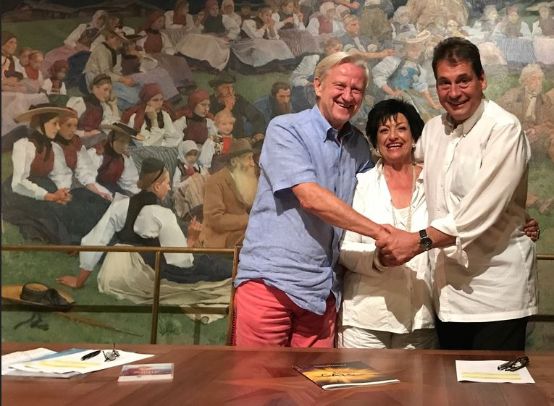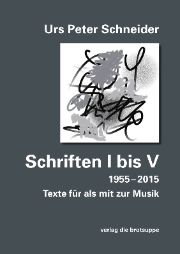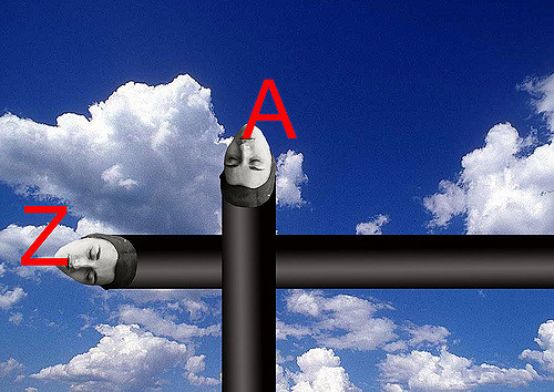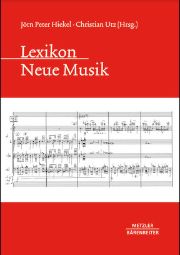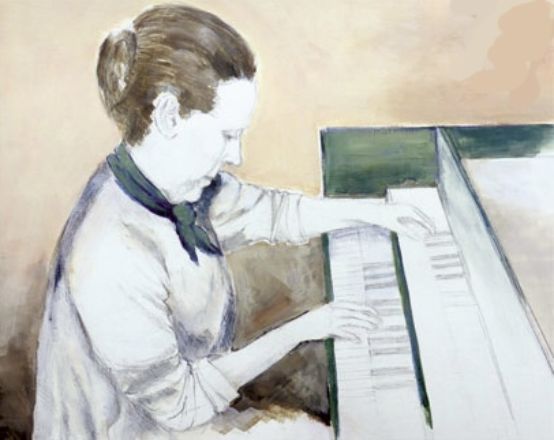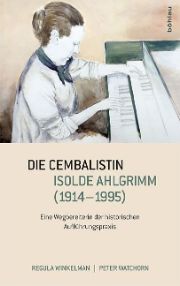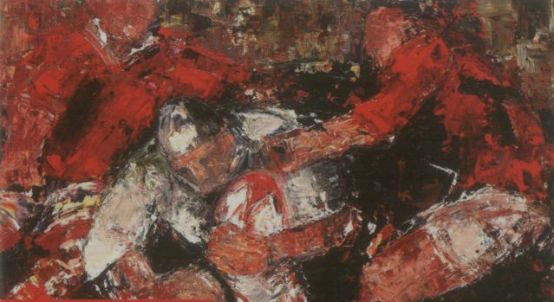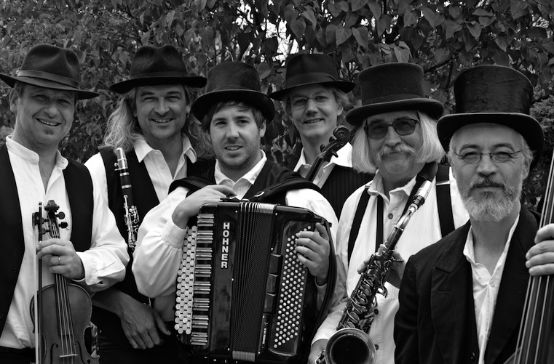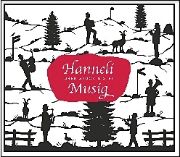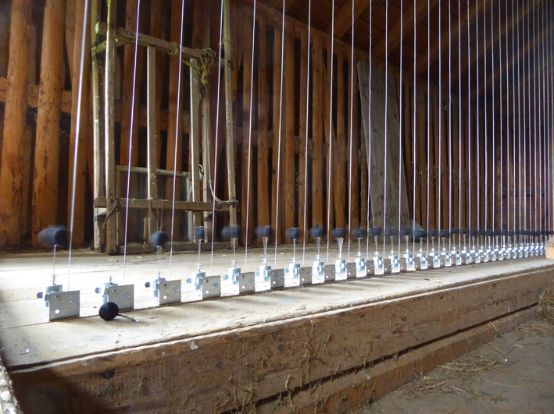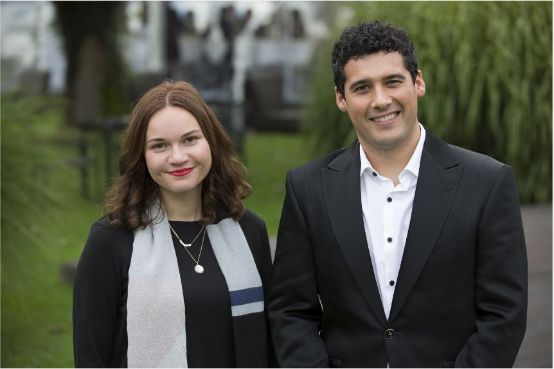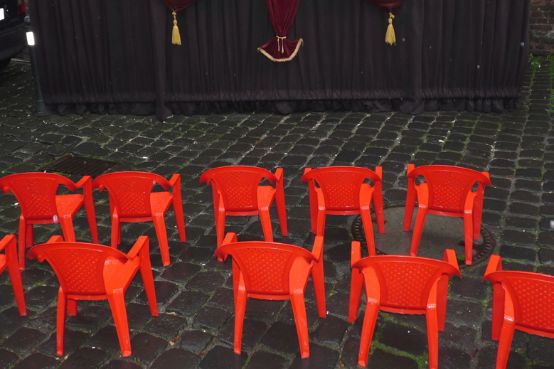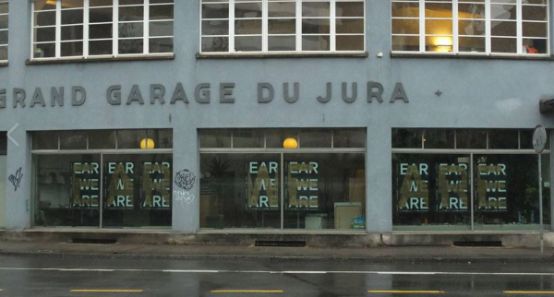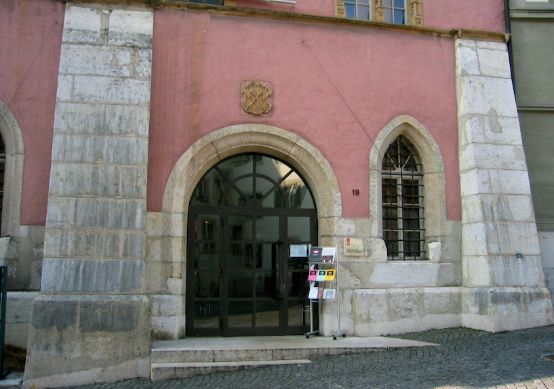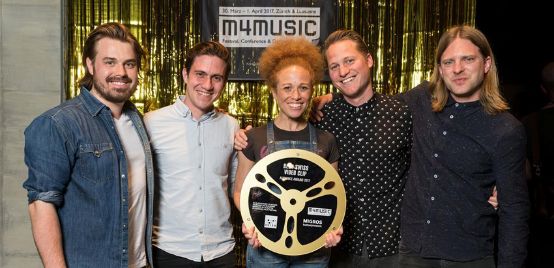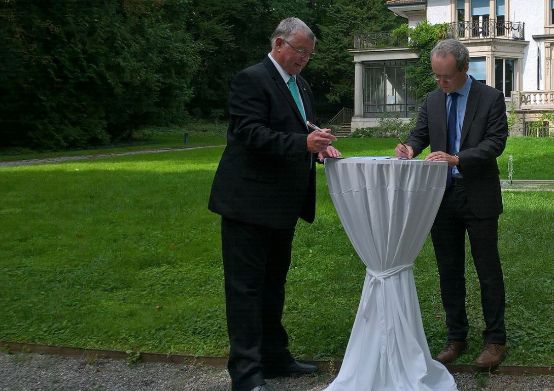The 1964 national exhibition in Lausanne presented modern Switzerland in terms of technology and architecture, forgetting the culture and needs of the mountain dwellers. To fill the gap, so to speak, the Forum alpinum study group published a four-language illustrated book in 1965 and the Anthology of authentic folk music from the Swiss mountains before. However, this record edition was hardly noticed, was withdrawn from the market as early as 1966 and was only recognized as an important document in a CD recording in 2008.
The lack of understanding of traditional Swiss music also meant that the 435 handwritten music books containing 11,874 folk dances, which Hanny Christen had collected from all over Switzerland between 1940 and 1960 and donated to the Basel University Library in 1963, were forgotten. It was not until 1992 that the Zurich musician and publisher Fabian Müller recognized the value of this collection. A team of 17 volunteers initially created a database and inventoried 10,000 dances by canton and contributor. With financial support from the Society for Folk Music in Switzerland (GVS/SMPS), ten large-format volumes were published in 2002 under the title Swiss folk music collection. The dance music of Switzerland in the 19th and first half of the 20th century collected by Hanny Christen be presented. The dances from all over Switzerland (with the exception of the canton of Thurgau), written down in unison, were copied by the collector mainly from handwritten dance books and supplemented with aurally notated recordings of instrumental pieces by older musicians. The Christen collection contains dance genres that extend today's repertoire of ländler, waltz, polka and schottisch with mazurka, galopp, cross polka, polonaise, varsovienne, tyrolienne, allewander and montferrine.
After the publication of the Christen collection, professional folk musicians led by cellist Fabian Müller founded the Hanneli-Musig, set about realizing the sheet music and in 2004 were able to release the first of seven recordings, the album Blümchen Wunderhold (ZYT 4895, out of print). This was followed in 2005 under the title Nightmares Tänze aus der Innerschweiz (ZYT 4897, out of print). A year later, the six musicians, all of whom also collaborated on the selection and arrangement of the monophonic melodies, published the CD Tänzix (ZYT 4900). Abbreviations and numbers indicating the canton of origin and the collection location of each piece make it possible to refer to the original notation. Those who prefer the printed polyphonic arrangements of the first three recordings will find them in specialist shops.
With the album Zealand from 2008, the Hanneli-Musig revives the harmonious repertoire of the Biberemusig from the 1850s (Murten region, ZYT 4919) and with the title Basel area (ZYT 4930) will pay tribute to Hanny Christen in 2010 with folk music from her homeland.
In the recently released album About Stock & Stei the skilled Ländler clarinettist Dani Häusler, the minstrel Johannes Schmid-Kunz on the violin, the editor of the Christen dances and cellist Fabian Müller, the thoroughbred musician Ueli Mooser on double bass and saxophone, the brass player Christoph Mächler and Fränggi Gehrig with the accordion offer "lüpfige" dances from the Alpine regions of the cantons of St. Gallen, Glarus and Graubünden, some of them performed at virtuoso speed.
It is certainly a pleasure to listen to all these recordings - and one hopes for more - as testimonies to Swiss musical landscapes, but one misses the efforts of historical performance practice in the interpretations of the Hanneli-Musig.
Hanneli-Musig: Over stick & stone. Zytglogge ZYT 4980
